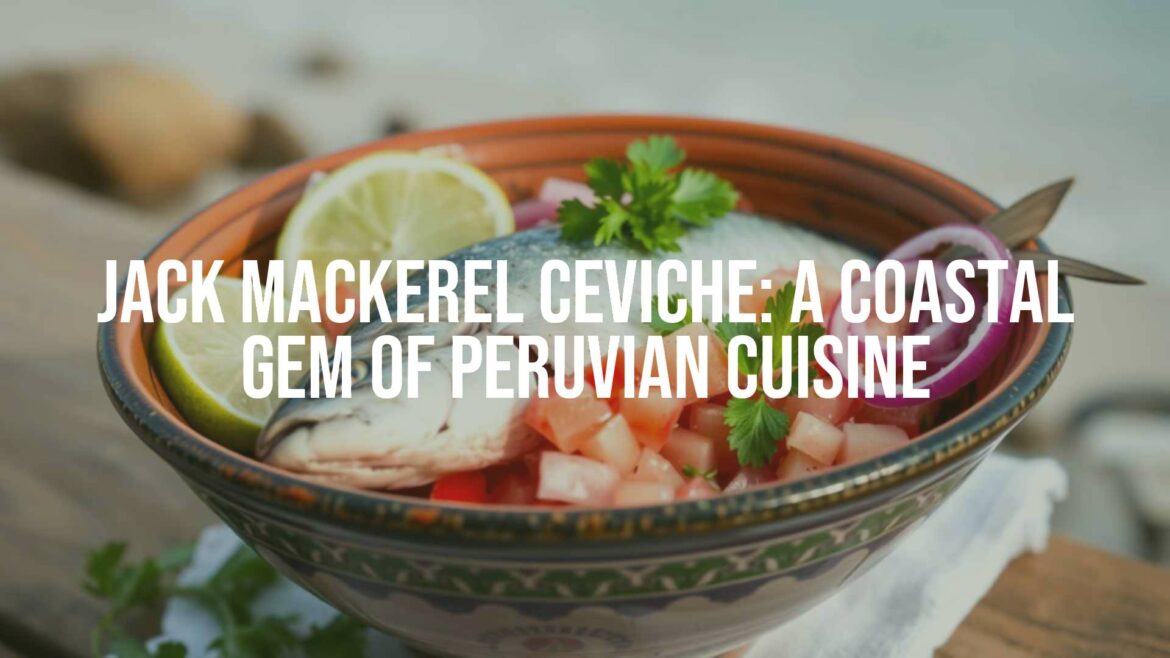Filet Ceviche: A Refined Twist on a Peruvian Classic
Introduction to Filet Ceviche
Ceviche is widely celebrated as Peru’s flagship dish, known for its invigorating blend of fresh seafood bathed in citrus juices. Among the many regional variations, filet ceviche stands out as an elegant and contemporary adaptation. Instead of using chunks or smaller pieces of fish, filet ceviche highlights whole fillets or larger cuts, offering a distinctive texture and presentation while retaining the vibrant flavors at the heart of this beloved Peruvian specialty.
Origins and Culinary Roots
The roots of ceviche stretch back centuries, intertwining with the traditions of Peru’s coastal communities and indigenous civilizations. Early methods of preparing raw fish with fruit juices evolved with the arrival of citrus fruits during colonial times. Filet ceviche is a more recent innovation, reflecting modern dining trends that prize both visual sophistication and texture. Often found in high-end restaurants and cevicherías, this variant merges culinary heritage with contemporary flair.
Characteristics and Preparation Style
What sets filet ceviche apart is its use of impeccably fresh, whole fish fillets—often from species like sea bass (corvina), flounder, or grouper. Rather than being diced, the fillets are carefully sliced into broad pieces. These are then briefly marinated in a mixture of freshly squeezed lime juice, which “cooks” the exterior while keeping the interior buttery and tender. The marinade, known as leche de tigre or “tiger’s milk,” often combines lime juice with ají or rocoto chiles, cilantro, thinly sliced red onions, and a touch of salt.
Flavor Profile and Visual Appeal
Filet ceviche balances zesty acidity from citrus with gentle heat from Peruvian chiles and the natural sweetness of the raw fish. The texture is uniquely appealing—supple fillets, just firmed by the marinade, paired with crunchy onions and flecks of herbs. Visually, the large, glistening fillets are typically arrayed on a plate or shallow bowl, garnished with vibrant slices of sweet potato, corn (choclo), and sometimes cancha (crispy corn kernels), making for an eye-catching and appetizing presentation.
Cultural Importance and Serving Traditions
Ceviche holds a cherished place in Peruvian culture, celebrated on its own national holiday every June. Filet ceviche, in particular, often graces festive tables and special occasions, where its refined presentation turns a familiar dish into a memorable centerpiece. The use of local Peruvian ingredients—like the fiery ají limo or tender choclo corn—grounds the dish in its regional origin, even as its preparation evolves.
Regional Influences
While available across Peru, filet ceviche is most associated with the cosmopolitan cevicherías of Lima, where chefs experiment with textures and plating techniques. Coastal cities and resort destinations also showcase this dish, appealing to those seeking a gourmet interpretation of the classic ceviche experience.
Key Ingredients and Signature Touches
Essential components of filet ceviche include fresh fish fillets, just-picked limes, Peruvian chiles (especially ají limo), red onion, and cilantro. It is sometimes elevated with subtle additions like a hint of garlic or ginger, but purity of flavor is always emphasized. The accompaniments—creamy sweet potato, kernels of Peruvian corn, or the crunch of cancha—add layers of flavor and texture that further define this iconic plate.
Conclusion
Filet ceviche stands as a testament to Peru’s culinary innovation, reimagining a traditional favorite while preserving its soul. Whether enjoyed at a seaside restaurant or served at a family celebration, it continues to captivate diners with its balance of freshness, flavor, and elegance, making it a shining example of Peruvian artistry on the plate.


